
Dental surgery is a medical discipline which deals with the surgical treatment of the oral cavity. The most common dental surgical treatments include:
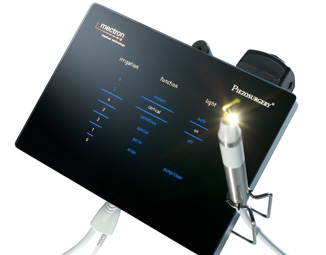
All procedures belonging to the sphere of dental surgery are conducted under local anesthesia and hence, are quite painless.
A dental implant is an inlay which is engrafted into the patient’s bone (mandible or jaw) by a dental surgeon. It fulfills the function of a tooth root. The best quality implants are made from titanium, that is, a material which has been proven to be biologically most neutral. Implants occur in a variety of shapes and sizes, thanks to which, they can be selected individually to suit every patient, depending on the anatomical conditions in his/her oral cavity.
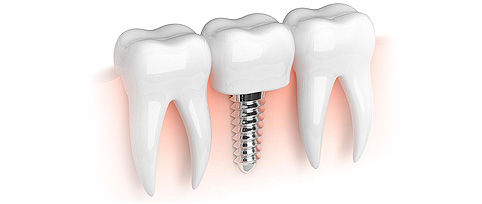
Implants offer a possibility to reconstruct a single tooth or else they may serve as abutments for bridges or dentures that are supported on them. They ensure a natural look and considerably increase the comfort of the patient’s life. They are the best available method which helps restore the physiological function of natural teeth. Moreover, implants counteract bone atrophy in the place of implantation and in this way, they prevent a loss of a harmonious facial appearance.
The surgical procedure of implant engraftment is carried out under local anesthesia and hence is quite painless. Following the implantation, the patient may experience slight pain and a swelling may occur for a few days. However this is considered to be quite normal. The above-mentioned adverse effects of implantation can be assuaged by taking commonly accessible painkillers and applying cold compresses to the affected area. It is very important that following the implantation the patient should observe the rules of daily oral hygiene. He/she should also observe doctor’s recommendations and report for regular check-ups in the Clinic. The above constitute the most important recommendations which should prevent an implant “rejection”.
Implant engraftment can be resorted to by the majority of patients whose bone development process has been completed. Before the commencement of implantological treatment, the patient should report at the Clinic for a surgical consultation.
In isolated cases, when the amount of bone tissue necessary for engraftment is inadequate, the doctor may have to carry out a bone regeneration procedure. The latter consists in preparing the bone base by applying a bone substitute and covering it with a special protective membrane.
A complete implantological treatment lasts, on average, 3-8 months. It involves: the procedure of implantation, osteointegration (i.e. the period of “implant absorption”), implant exposure and installing a healing abutment or screw, and finally executing a prosthetic reconstruction.
In our surgery, we use exclusively reliable and well-tested implantological systems which are warranted by long-standing medical records and documentation.
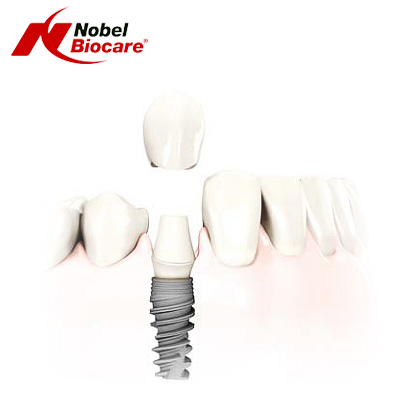
is an implant characterized by a unique cone-shaped construction which ensures its durability and allows one to obtain the best possible esthetic final effect. The implant is made of titanium oxide, enriched with sulfates and additionally, on its surface, one can find special grooves which facilitate the process of osteo-integration. It is currently the leading dental implantological system on the world market.
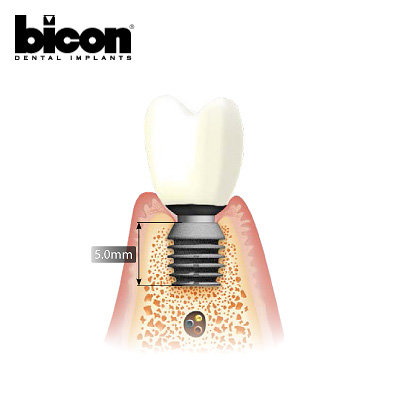
gives a chance of treatment to older patients whose bone structure is often less appropriate for the procedure of dental implantation. The system produces excellent results. Specifically, it allows one to reduce a number of peri-implantation procedures, providing a maximum protection to the patient’s vital anatomical structures. It retains its durability, functionality and the highest esthetical qualities for many years.
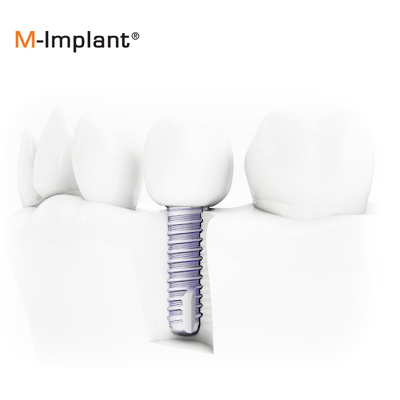
German quality at a reasonable price. It is used in the lateral sections of the mandible and jaw bones, especially in the case of patients characterized by good anatomical conditions. It combines the merits of many leading implantological systems.